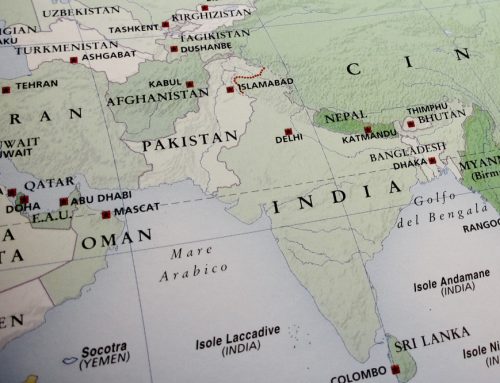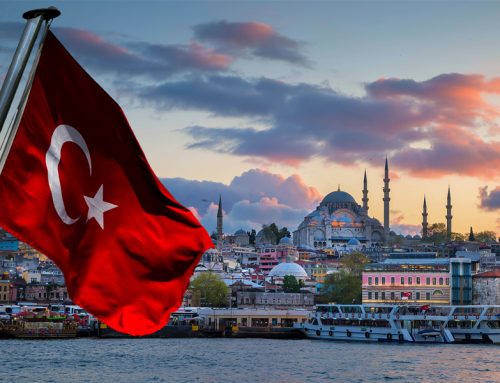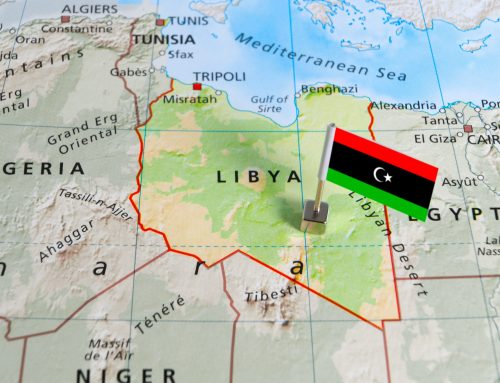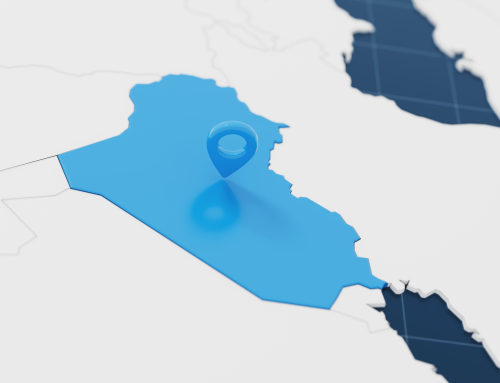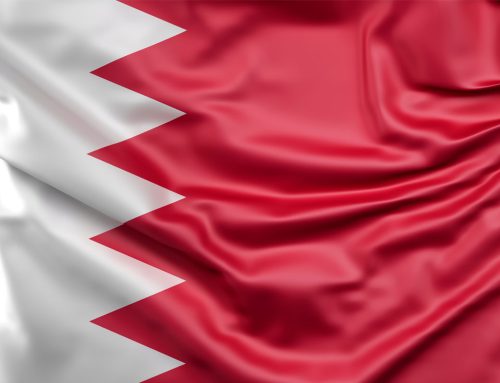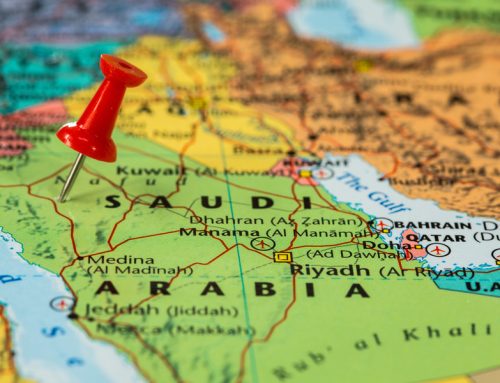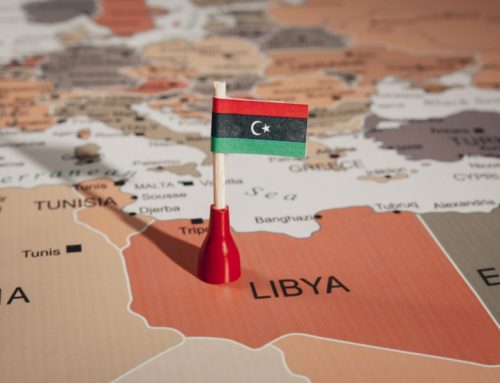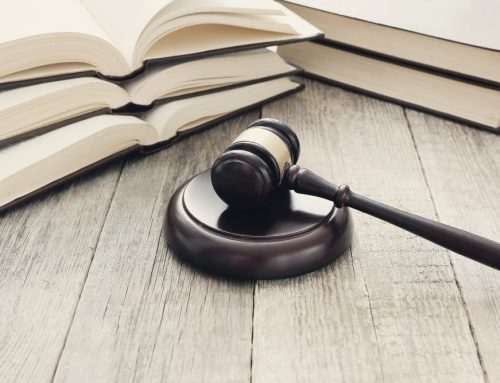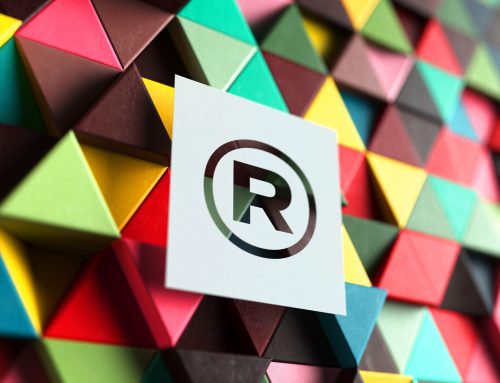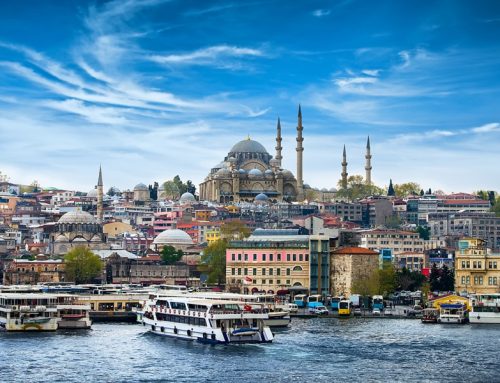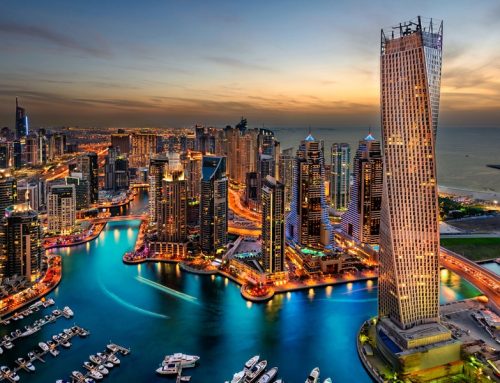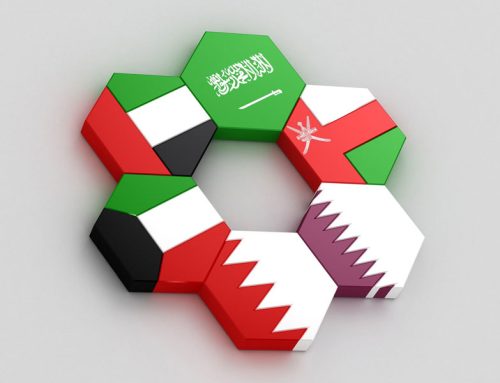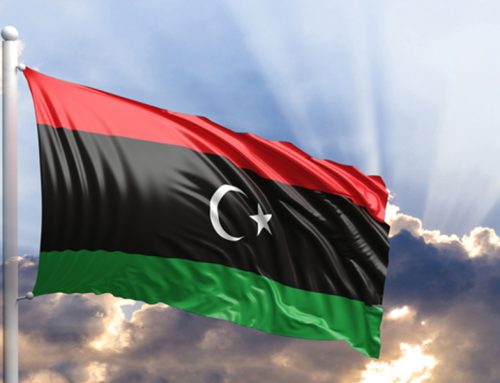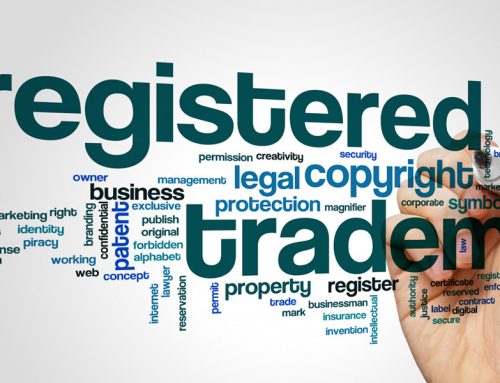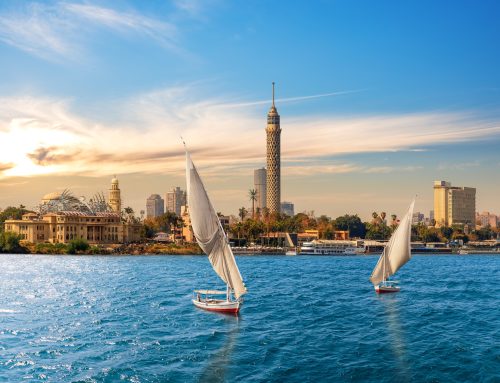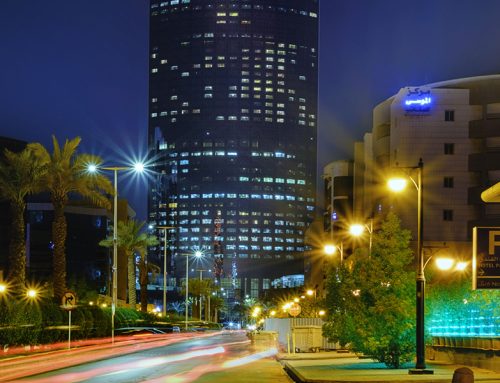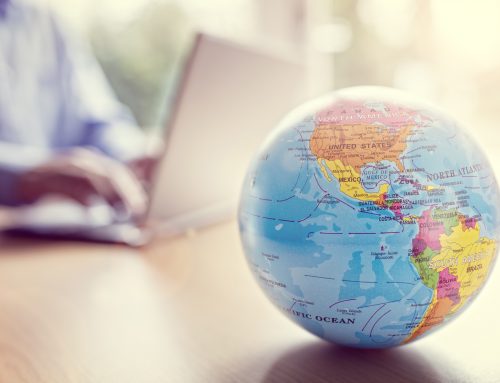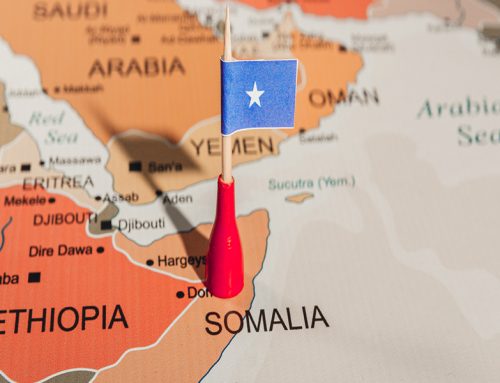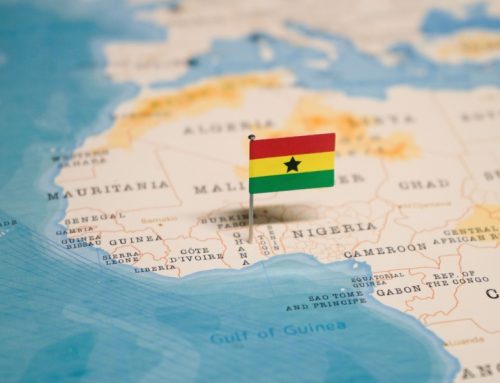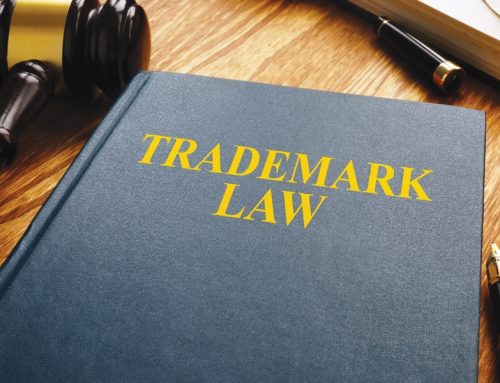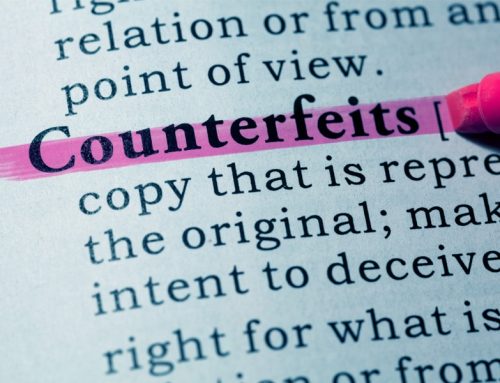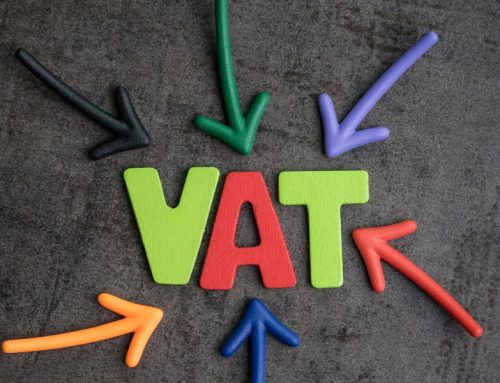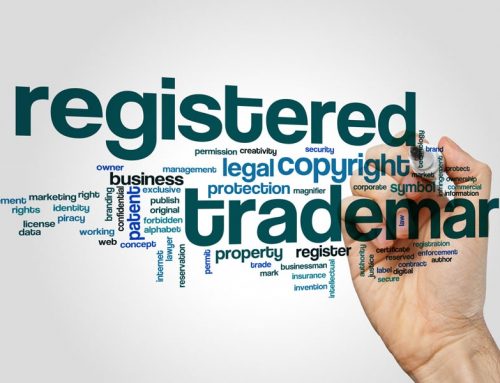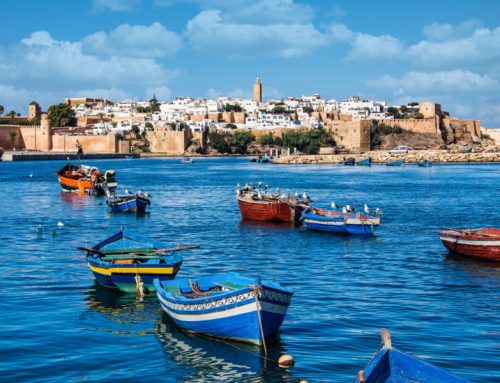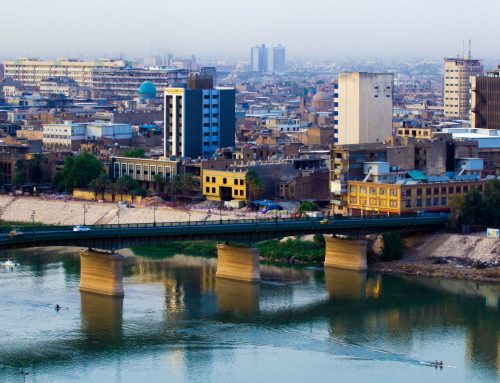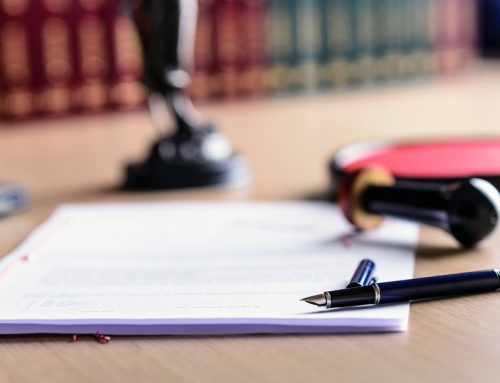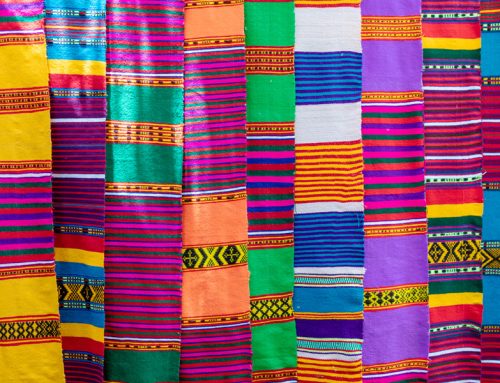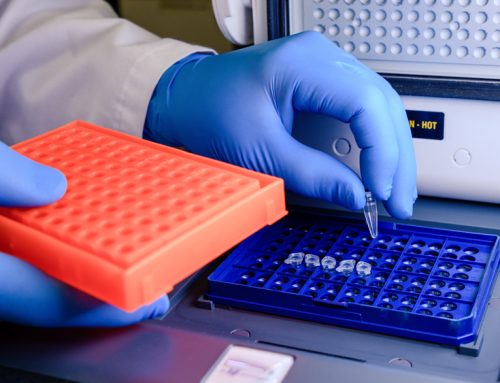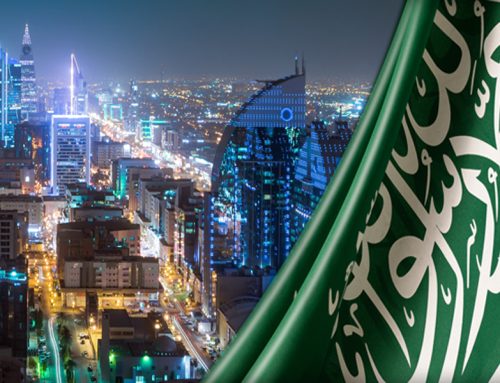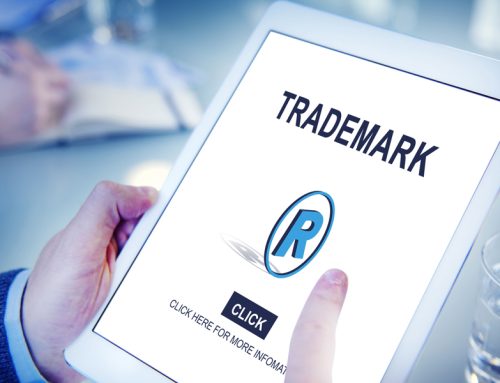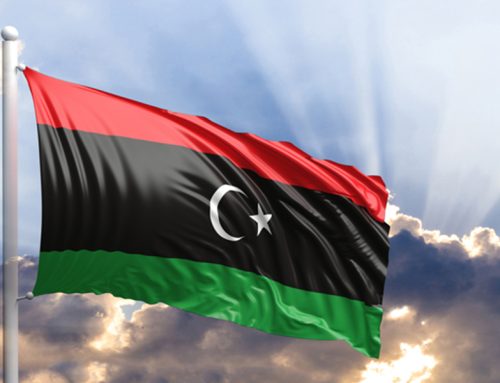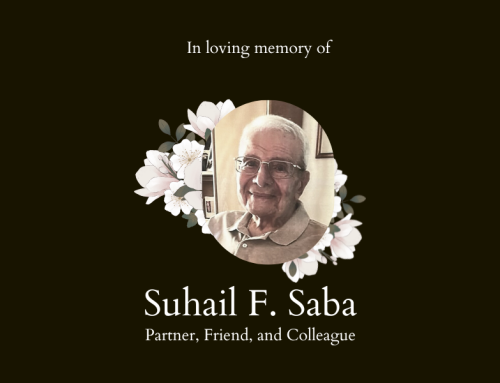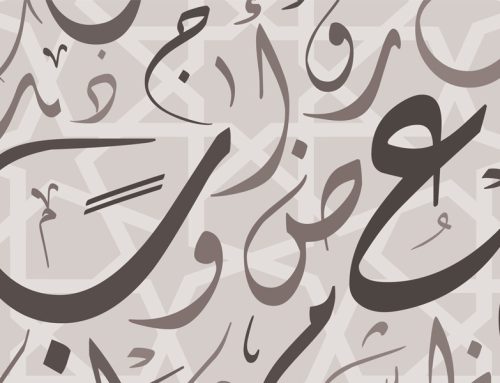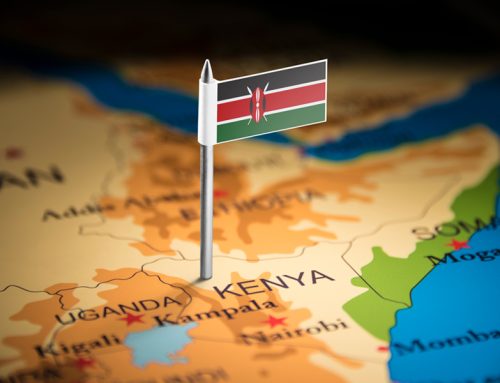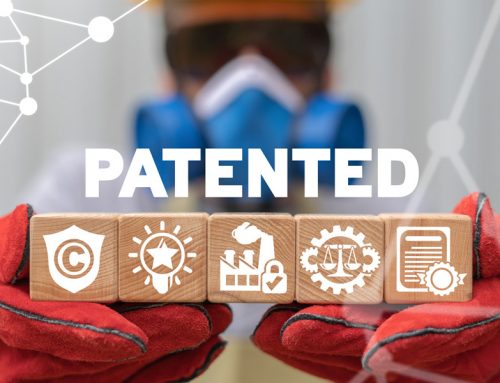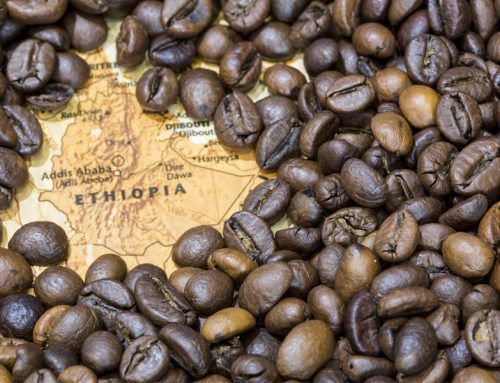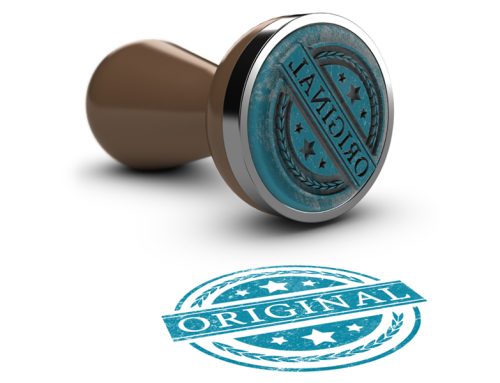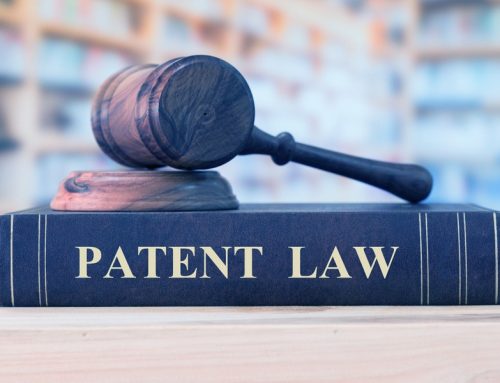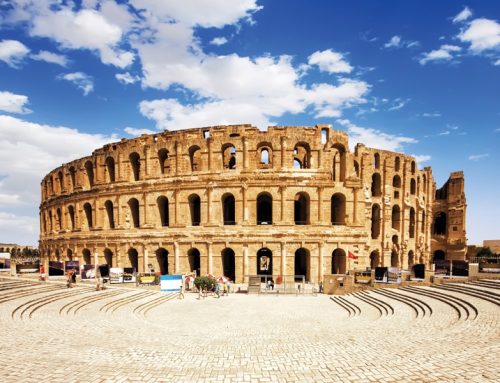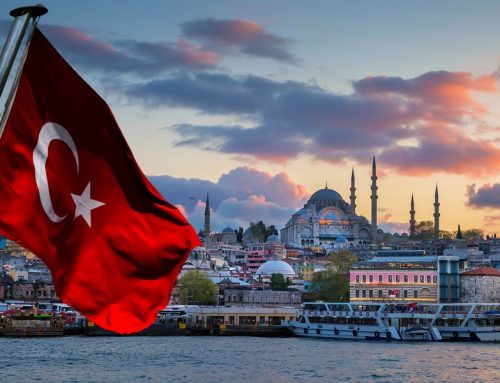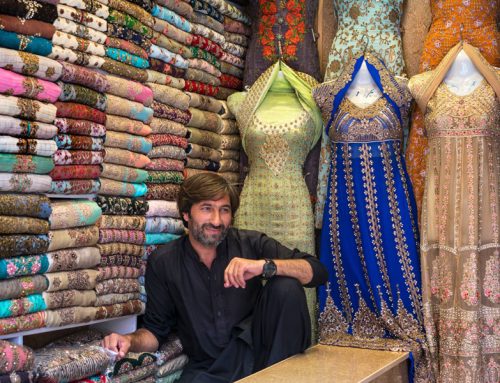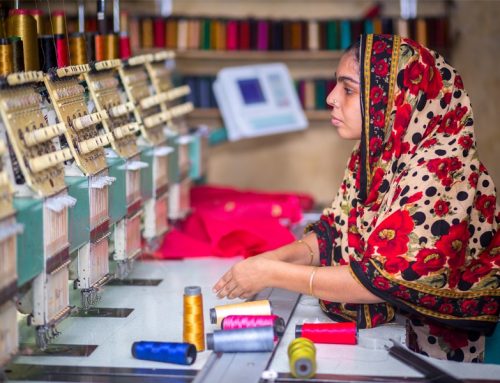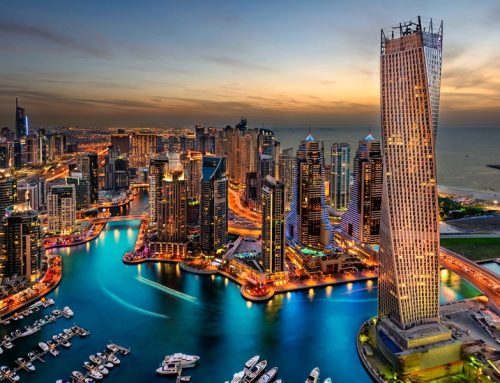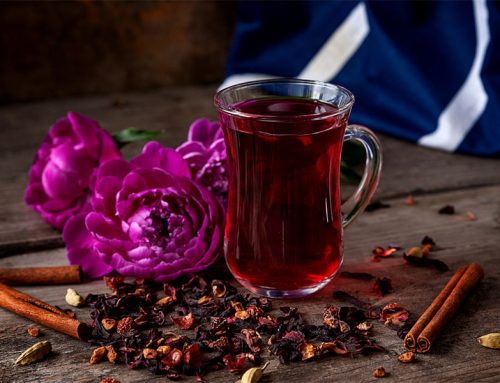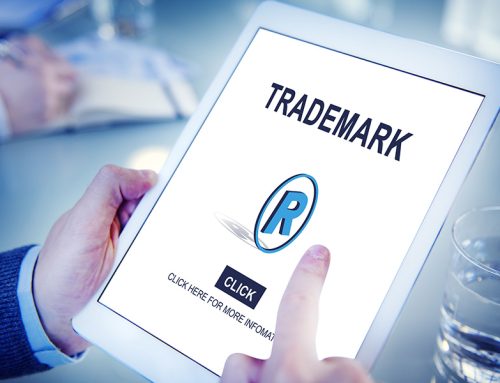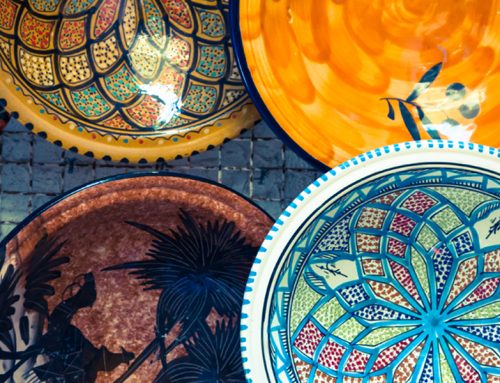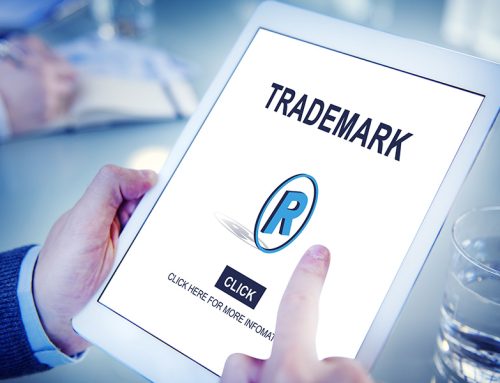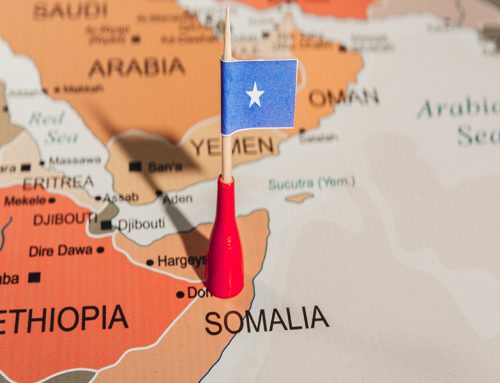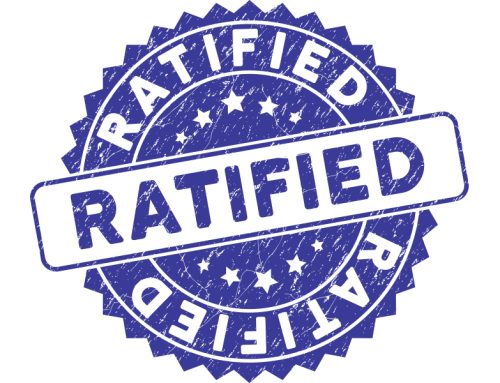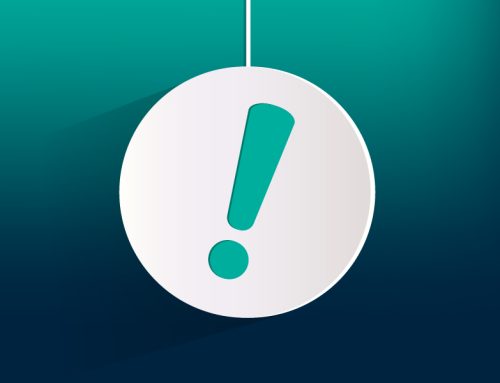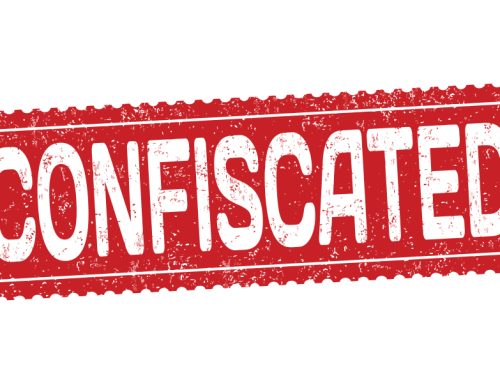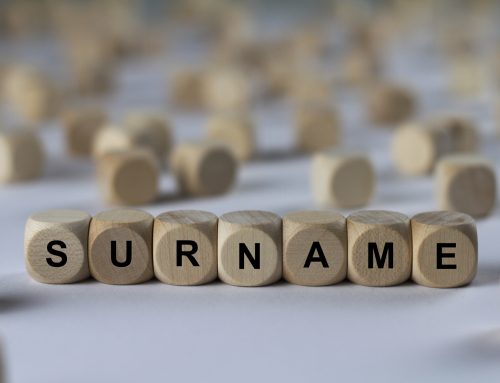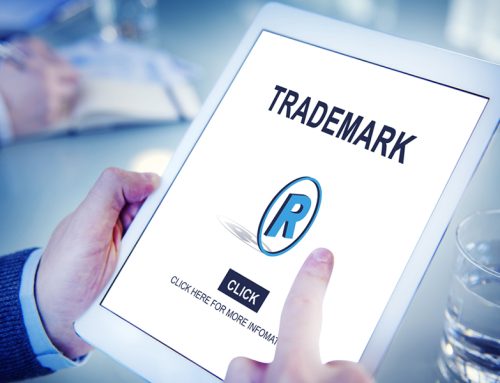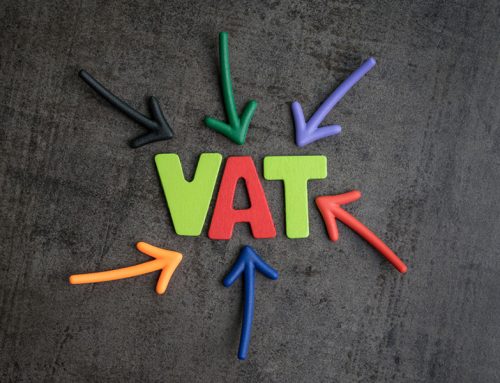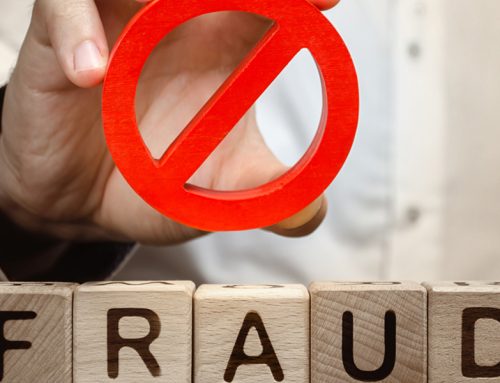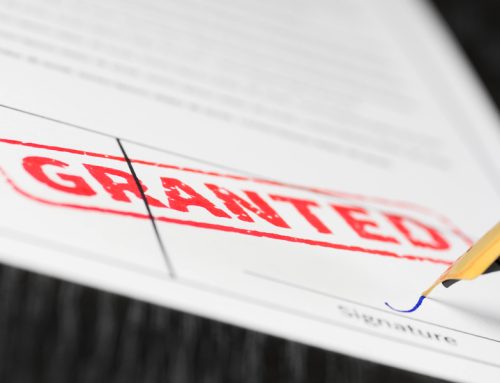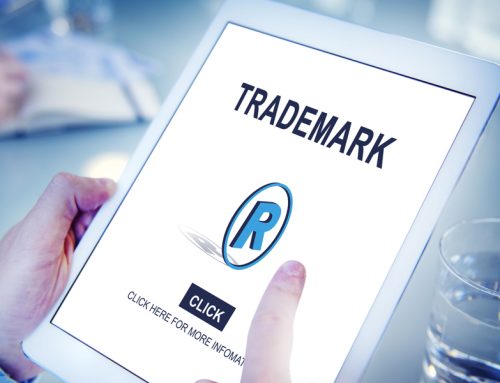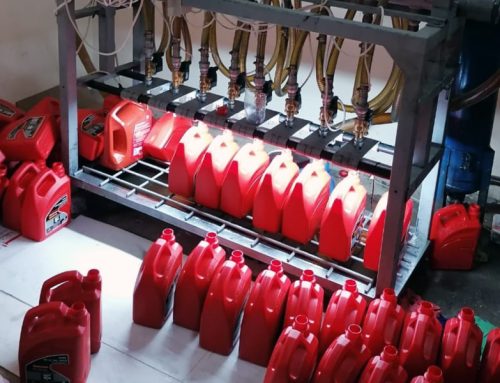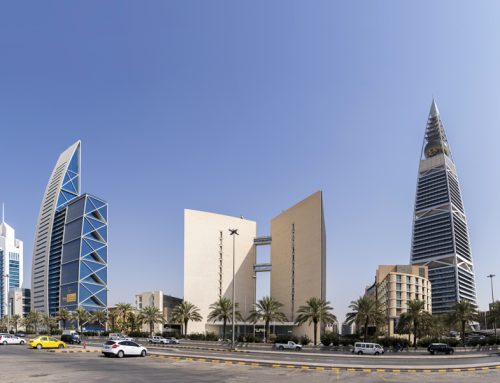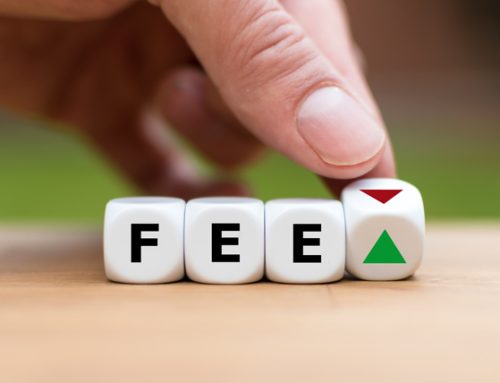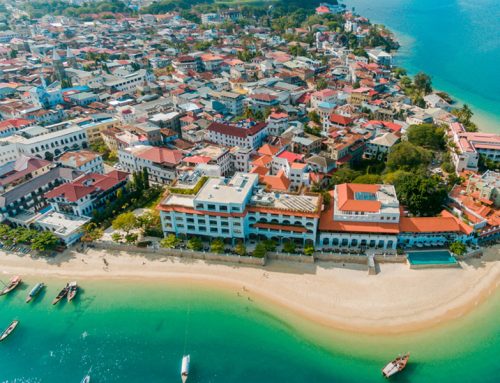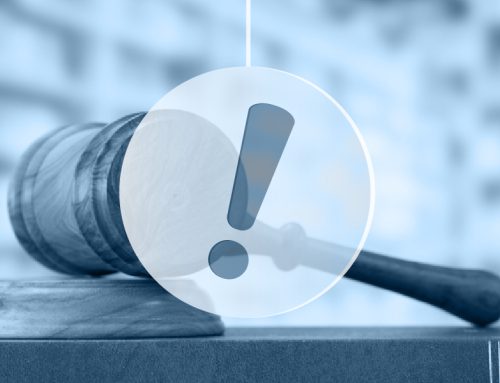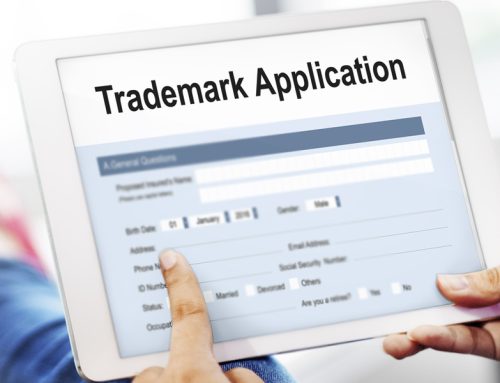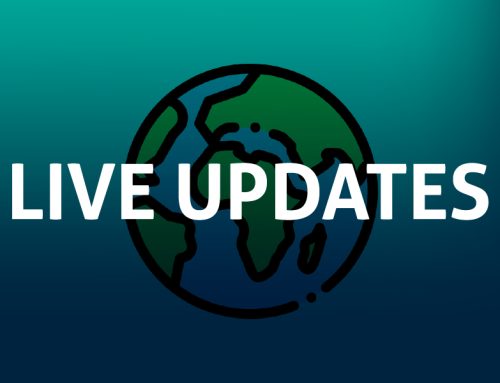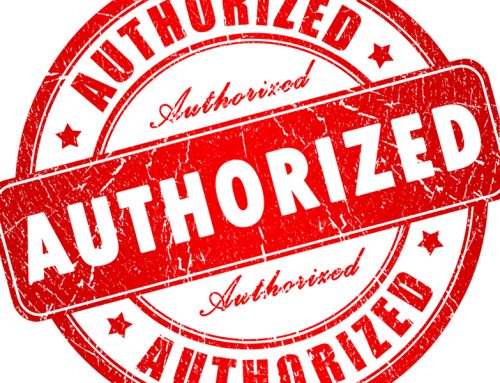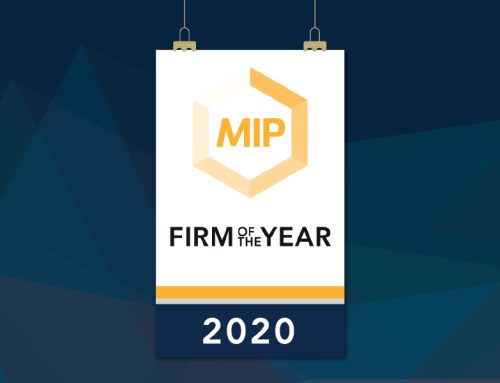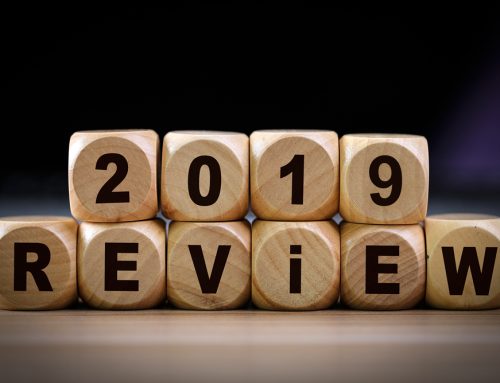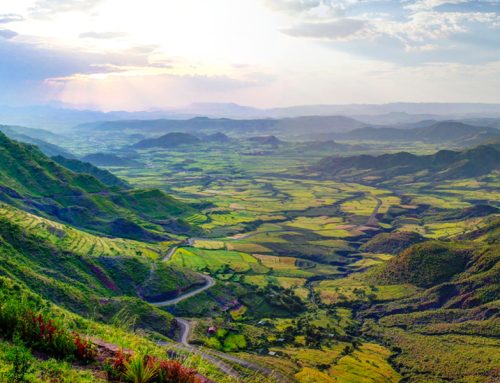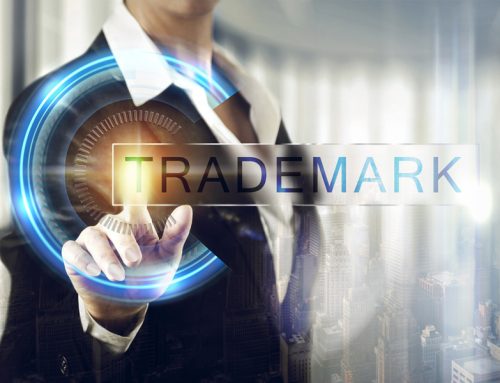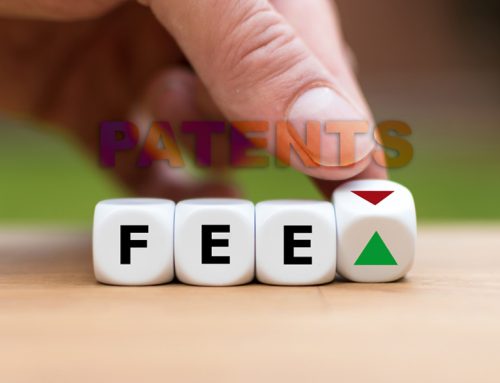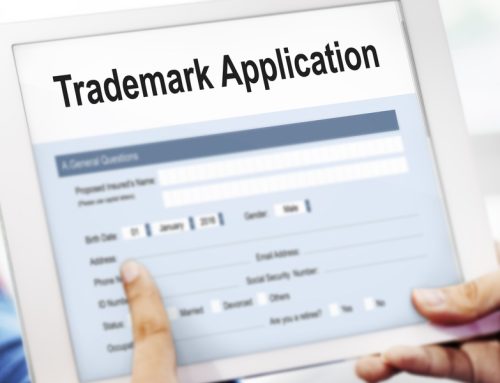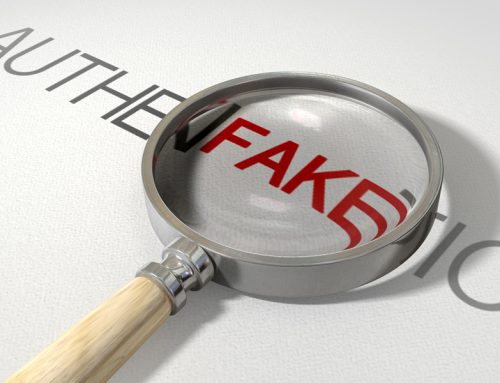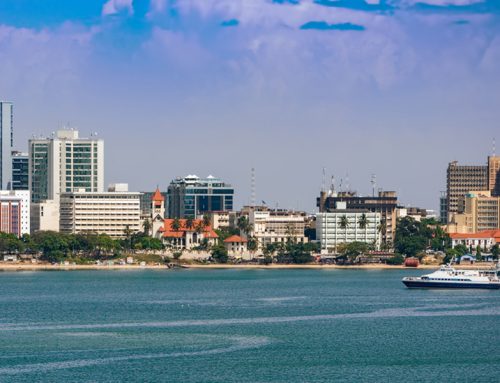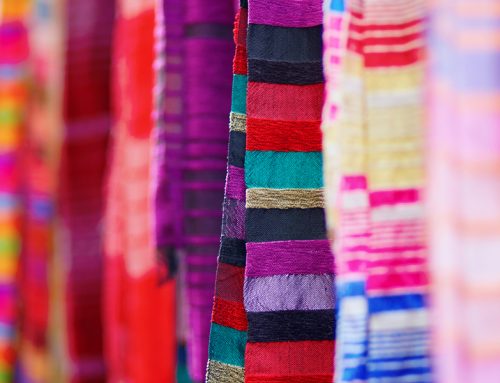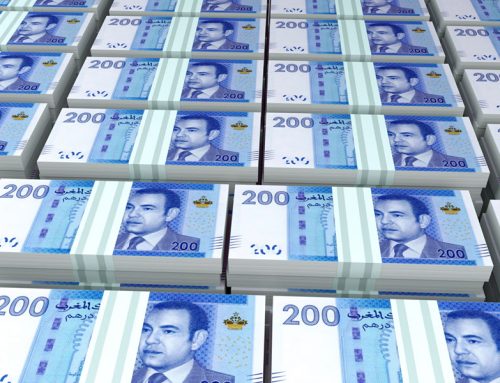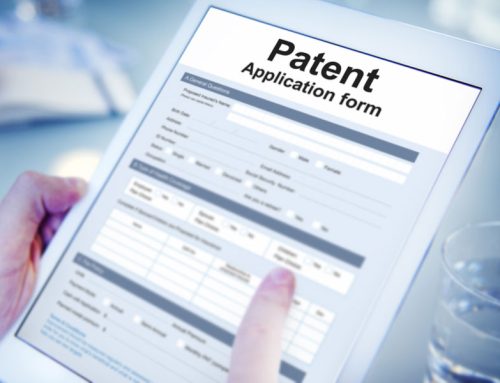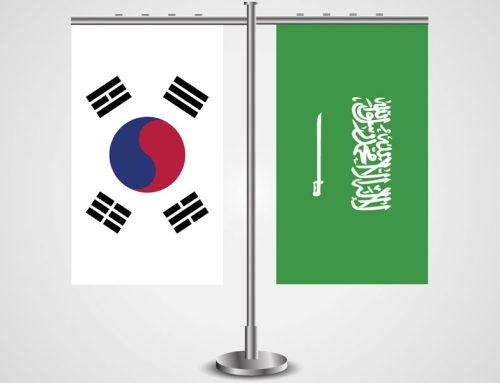The Arab pharmaceutical market is reportedly valued at over $ 20 billion and estimated to grow at a compounded annual growth rate of about 9% over the five year period from 2012-2016 . As a matter of fact, around 450 pharmaceutical manufacturers operate in the region. With the exception of Egypt, all Middle Eastern countries are high importers of branded drugs, while local manufacturing capabilities are mostly limited to generic and licensed drugs with very little Research and Development. This being said, it has become more and more important for trademark owners to address the challenges of pharmaceutical trademark protection in the Arab world, and to become more familiar with the requirements that are specific to this region.
Clearance:
In addition to a typical trademark search, a full pharmaceutical trademark availability search should also attempt to cover a selection of sources, including the records of local regulatory authorities. However, there are two limitations that trademark owners should be aware of: (1) there is no pan Arab marketing authorization, and (2) not all of the records are easily accessible.
Examination:
In general terms, the Trademark Offices and the legal system in our region have developed better judgment for assessing the likelihood of consumer confusion between pharmaceutical trademarks. The issue of the “sophistication of consumers” with regards to prescribed drugs is usually taken into consideration in some countries, such as the UAE, Bahrain and Jordan. Examination on relative grounds is performed by the Trademark Offices of all Arab countries, except for Morocco and Lebanon.
When it comes to International Non-Proprietary Names (INNs), there seem to be no specific regulations in countries of the region to prevent the acquisition of proprietary rights on INNs, including prohibiting registration of the name as a trade name or a trademark. Although the World Health Organization (WHO) requests in its note verbale that member countries should take the necessary steps to prevent the acquisition of proprietary rights on INNs, including prohibiting registration of the name as a trade name or a trademark, practice across the region differs considerably. In countries where there is no substantive examination, such as Lebanon and Morocco, the Registrar will not check whether the trademark is an INN. In other countries where substantive examination exists, the examiners are not expected to verify whether the mark is an INN, but, it may be possible to oppose a trademark based on the fact that it is identical to an INN or an INN stem.
Packaging:
There are regulatory requirements for pharmaceutical packaging – and no statutory trademark provisions – in almost all Arab countries of the region, such as the display of ingredients, side effects, language, and safety warnings. With regards to language, the regulatory requirements in some countries call for the use of the mark in Arabic on the package and/or the leaflet, specifically in Morocco, Tunisia, Egypt, UAE, Syria, Saudi Arabia and Qatar. Hence, protection of the mark in the Arabic script becomes necessary in the countries where use in Arabic is required, even though the registration of a trademark in Latin should, in general, provide protection against the registration and use of another mark with a prominently featured or at least confusingly similar Arabic transliteration liable to create public confusion. In fact, most of the Arab countries are signatories to international agreements that address the protection of trademarks across different languages and different character scripts as part of the wider concept of protection against unfair competition. These agreements include Paris Convention, TRIPS and the Madrid Agreement and Protocol.
Requirements: None of the countries of the Arab region impose filing requirements that are only specific to class 5, except for Syria. The Trademark Office in this country asks for detailed information on the origin of the product in support of the trademark application. Legalization of supporting documents is required in all territories, except for Algeria, Morocco, Gaza and Lebanon.
Enforcement: A number of strategies can be implemented on the enforcement front across countries of the Arab world, using a wide range of methods from carrying out site investigations to initiating civil and criminal legal actions as well as requesting for Customs seizures.
Another key tool for maintaining a defensive enforcement strategy is through the Customs recordal procedures that are basically adopted in a number of countries, namely Algeria, Morocco, Sudan, UAE and Tunisia. One fundamental premise of the recordation system (other than providing a central registry containing information for recorded trademarks) is that it allows Customs officials to adopt an ex-officio border system. An ex-officio system is different from the standard border system in which a judicial authority orders Customs to detain the infringing shipment after identifying the infringing goods. The key advantage of the ex-officio system is that it allows for prompt and proactive action by Customs officials thus avoiding the delays inherently involved in seeking judicial action. Customs officials are always on the look-out for infringing goods and are therefore able to act quickly to confiscate counterfeit and pirated merchandise.
In short, protection of pharmaceutical trademarks is a challenging and labor intensive process that requires special consideration and handling. Trademark owners must be able and ready to adopt a model that incorporates both legal as well as regulatory approaches in order to arrive at well-established trademark protection strategy. Needless to say, trademark owners should seek sound advice before they decide on the best route to pursue.
Should you have any questions, or require any additional information, please do not hesitate to contact us at info@sabaip.com

